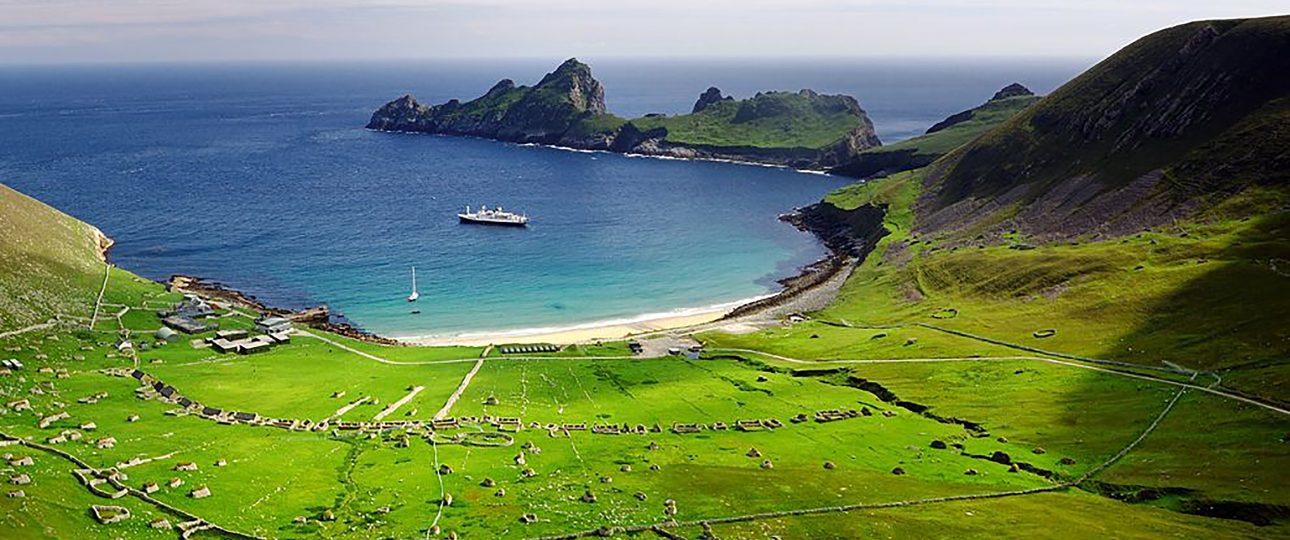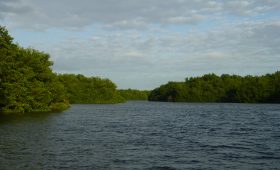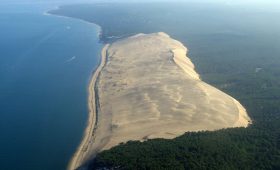About St Kilda, Scotland
St Kilda, Scotland, is a remote archipelago in the North Atlantic Ocean, part of the United Kingdom. It offers a travel experience unlike any other. As someone who has explored these islands, I can attest to their unique allure.
Natural Beauty and Wildlife
St Kilda is a haven for nature enthusiasts. The islands are characterized by towering cliffs, pristine beaches, and a diverse array of wildlife. The cliffs, some of the highest in the UK, are particularly striking. Standing at their edge, you can feel the raw power of nature as waves crash below.
The wildlife is equally impressive. The archipelago is home to a variety of seabirds, including puffins, gannets, and fulmars. Observing these birds in their natural habitat, especially during the breeding season, is a highlight of any visit. The islands’ designation as a UNESCO World Heritage Site underscores their ecological importance.
Historical Insights
St Kilda’s history is as compelling as its landscapes. Inhabited for over 2,000 years, the islands were abandoned in 1930. The remnants of the ancient village on Hirta, the largest island, offer a glimpse into the lives of the islanders. They lived in stone houses known as “blackhouses” and relied on the sea for sustenance.
The social structure of the St Kildans was unique. They were a close-knit community, self-sufficient and resilient. Walking through the deserted village, you can sense the challenges they faced and the strength of their community spirit.
When to Visit
Timing your visit to St Kilda is crucial due to its unpredictable weather. The best time to go is during the summer months when the weather is milder, and the days are longer. I visited in July and enjoyed mild temperatures and clear skies, though it’s wise to prepare for sudden weather changes.
Getting There
Reaching St Kilda is an adventure. Located about 40 miles west of the Outer Hebrides, the most common way to get there is by boat. I took a boat from the Isle of Harris, a journey that took around three hours. The views along the way are breathtaking, making the trip itself a memorable part of the experience.
Keep in mind that boat trips are weather-dependent, and cancellations can occur. It’s advisable to book in advance and check the weather forecast before setting out.
Exploring the Islands
Once on St Kilda, getting around is straightforward. Hirta is the largest and most accessible island, and exploring it on foot is the best option. There are no cars or paved roads, so be prepared for a rustic experience. Walking along the coastal paths, you’ll be immersed in the tranquility and natural beauty of the surroundings.
The lack of modern amenities adds to the islands’ charm, offering a glimpse into a simpler way of life. However, this also means you should come prepared with all necessary supplies.
- St Kilda is a remote archipelago in the North Atlantic, part of the UK.
- The islands feature stunning cliffs, beaches, and diverse wildlife.
- Designated as a UNESCO World Heritage Site.
- Inhabited for over 2,000 years, abandoned in 1930.
- Best visited in summer for milder weather.
- Accessible by boat from the mainland or nearby islands.
- Exploration is on foot, with no cars or paved roads.




